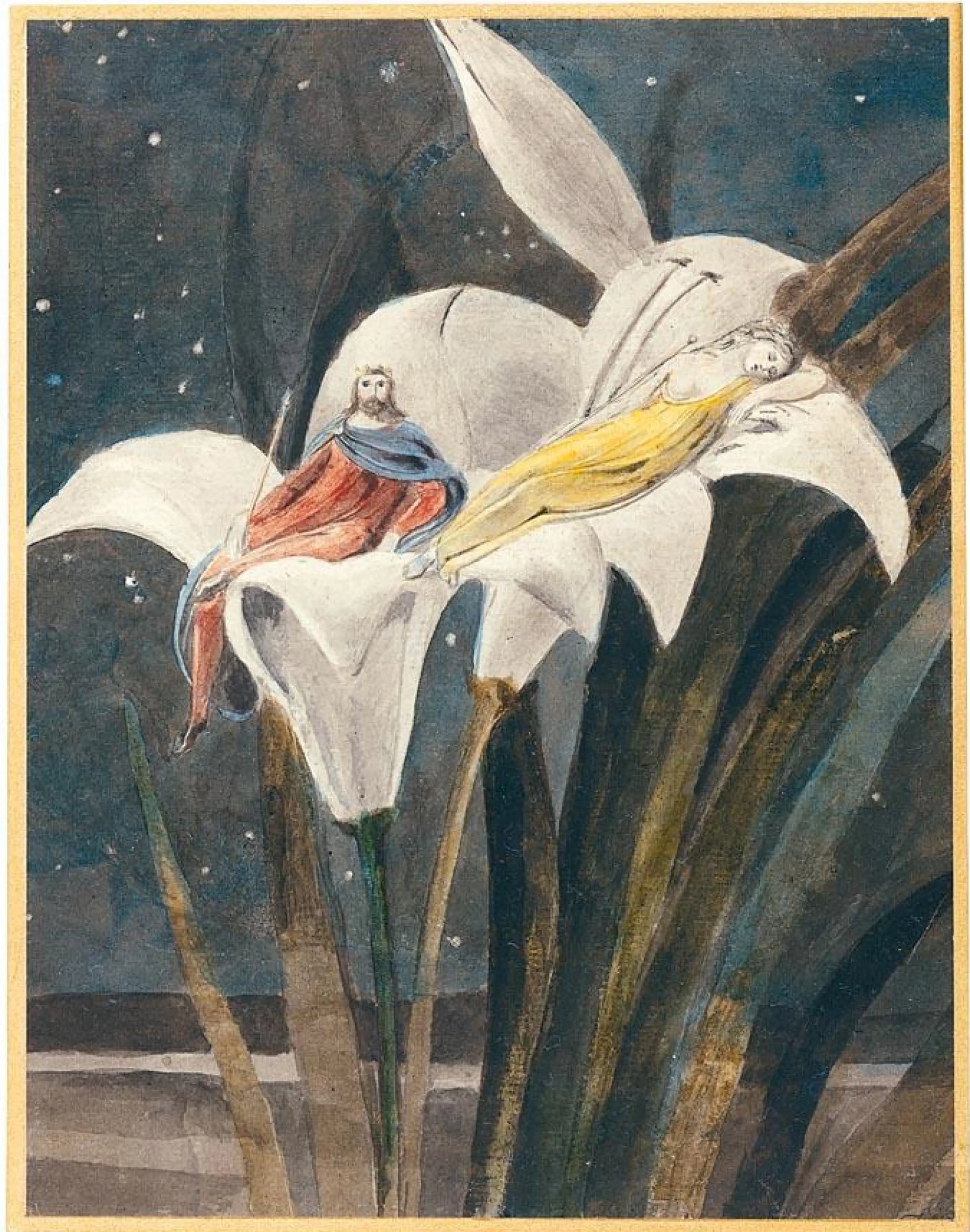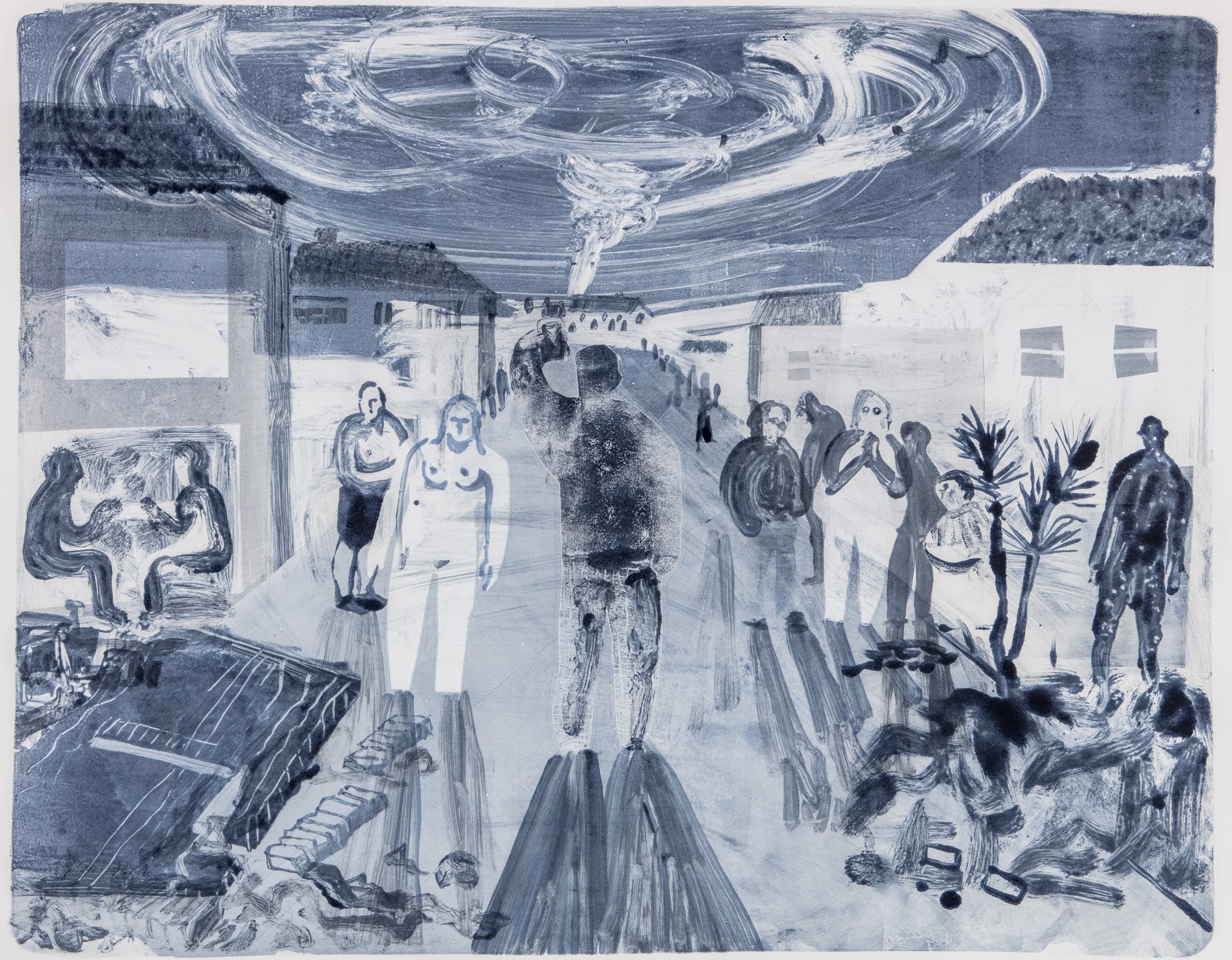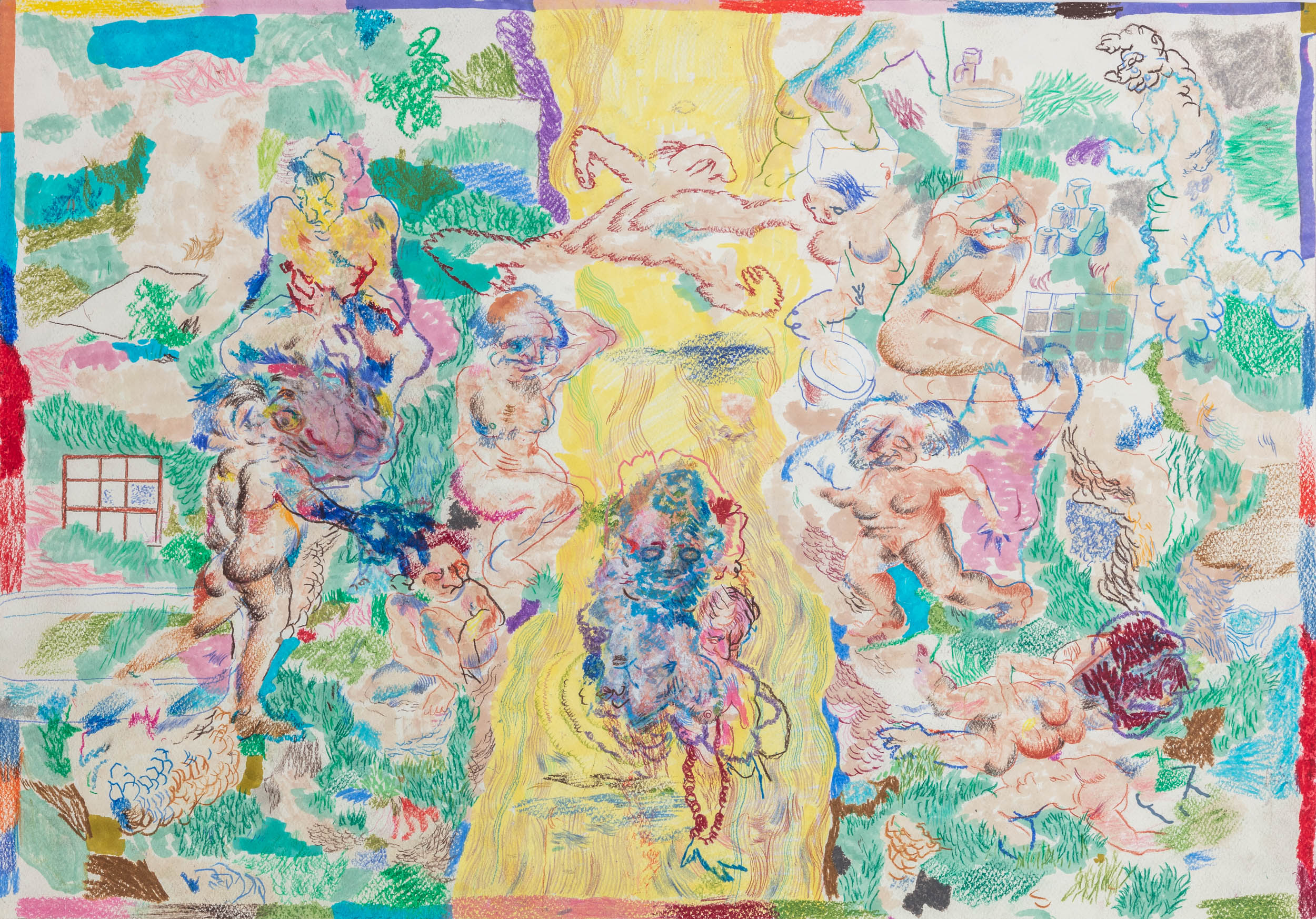

Before Blake’s visions took shape in poetry, paint or print, they began with the pencil—quiet, immediate, and endlessly adaptable. Sketching was how Blake tested ideas, explored visions, and gave form to the unseen.
Drawing lay at the very heart of his creative life. It offered freedom—both technical and spiritual. Blake preferred it to ink or chalk, and often returned to drawing not for display, but for exploration. Many of his most powerful figures first appear as slight, searching lines in a sketchbook. These studies weren’t made for an audience; they were made for the imaginative process itself.
He was also deeply resistant to the idea that drawing was somehow “less” than painting. “The merit of a picture is the same as the merit of a drawing,” he insisted. For Blake, a true artist was one who could draw—and drawing well meant thinking clearly, inventing boldly, and seeing inward.
In this way, drawing becomes not just a technique, but a philosophy. When we draw from imagination, or from literature, we engage in the same alchemical process Blake practiced—transforming text into image, idea into symbol, experience into myth. His illustrated poems blur the boundary between word and image, inviting us to do the same.
Our online course William Blake: Drawing and Imagination explores these ideas through practice. Over ten weeks, students work with Blakean themes—The Visionary City, The Mythic Landscape, The Tree of Life—and experiment with layered and symbolic materials: gesso, folded maps, printed emblems, cosmic diagrams. The focus is not on copying Blake’s style, but drawing from his spirit—using pencil, paper, and imagination to explore the worlds within.
Blake believed that to draw was to access a kind of inner sight. Whether you're well-versed in his mythology or simply curious about drawing from memory and feeling, this course offers space to loosen the grip of observation and discover something visionary—on the page, and perhaps in yourself.
